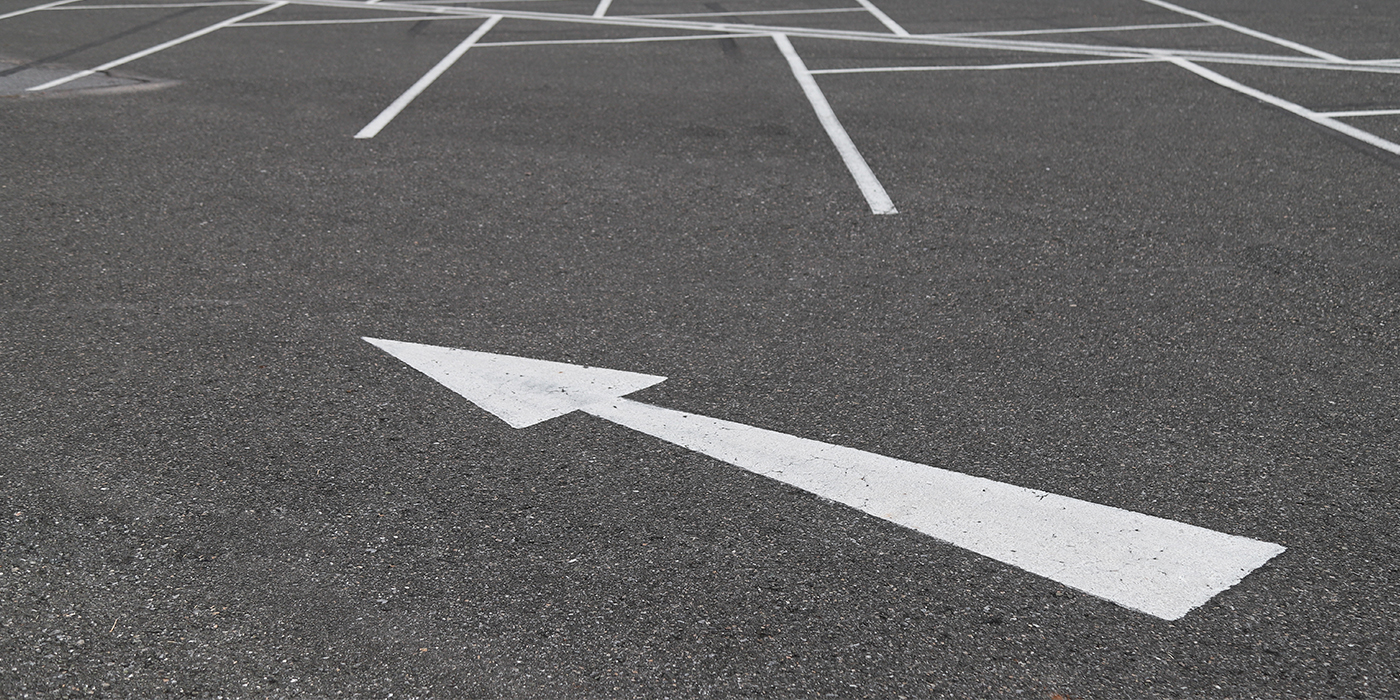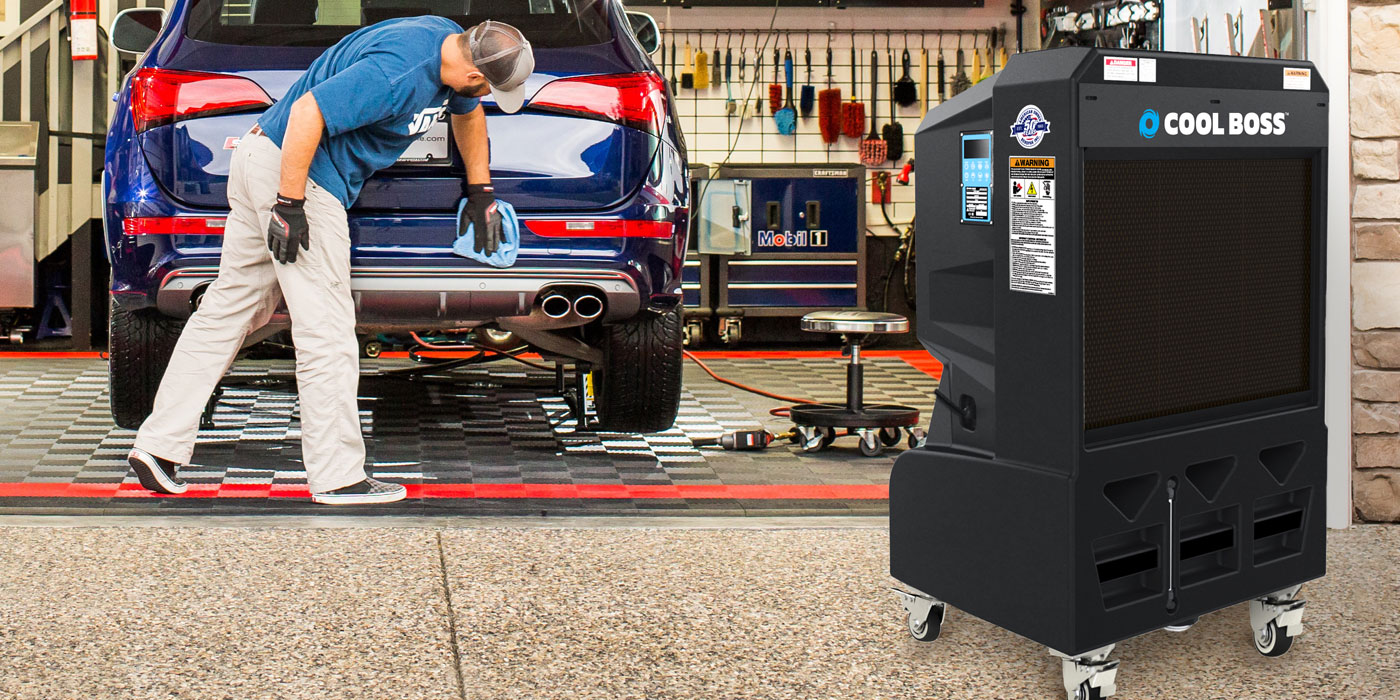In a competitive and crowded carwash market, it is important for owners, operators and management to remember the cliché about first impressions. Drawing in new customers using discounted washes, special events, marketing outreach and branding efforts is often hard work, yet there are numerous on-site issues that can easily drive new customers away.
A few examples are:
- Employee appearance and attitude
- Ineffective customer service
- Lackluster wash results
- Inoperative equipment.
Another factor that can affect a customer’s first impression of a business is facility maintenance and upkeep. Though dirty floors and dingy restrooms may not be top-of-mind for carwash managers and employees, they are for customers and visitors. This especially applies to customers who upgrade to detailing services. The choice to spend extra time at a specific carwash may come down to the safety and comfort of a waiting room and the cleanliness of restrooms.
Provided here are hard floor care and restroom upkeep tips from various cleaning professionals and companies. These steps can help carwash owners and operators who are looking to prevent flooring failures, increase safety with floor matting and upgrade restroom appearance and cleanliness.
Caring for floors
When individual tiles or sections of flooring become loose or buckle, this condition is called flooring failure. The key culprits here are the chemicals used to clean and maintain floors, according to Daniel Frimml, a technical service coordinator for Tornado Industries. Many floor care chemicals today are effective at cleaning floors, but they may contain ingredients that, over time, can work their way below the surface, and this is when flooring failures begin.
Frimml says many installers are now using low-VOC adhesives as well. These adhesives can become brittle and break down when they come into contact with certain chemicals and chemical compounds.
Citrus-based cleaners: While these cleaners may work well and may have less adverse impacts on the user and the environment, they may contain d-limonene. In some cases, if it seeps down below the floor, d-limonene can, over time, break down low-VOC adhesives as well as some concrete-type adhesives used for floor installations. Additionally, some citrus cleaners can leave a sticky residue on floors, which results in rapid resoiling, requiring the floor to be cleaned more frequently, Frimml notes.
Acidic cleaners: With moisture, if these cleaners flow through spaces in the floor surface, they can cause concrete and materials used to secure the floor to “powder.” As this happens, it can cause the floor to lift, resulting in a flooring failure.
Soiled water: Cleaning professionals are always advised when mopping floors to use clean water and to change water and solution frequently. Soiled water, especially if used when mopping tiled restroom floors, can seep down into grout areas resulting in mold growth, Frimml states. As mold grows, it can cause adhesive breakdown and flooring failure.
Fortunately, there are steps to help prevent flooring failures, according to Frimml. One of the first steps is to know what types of materials — adhesives, concrete, etc. — were used to install the floor. While this may not always be possible, a lot can be determined by the age of the floor. If it is a new floor or a floor installed within the past few years, employees can assume a low-VOC adhesive was used if for no other reason than their use has grown considerably in recent years. With this information, chemicals can be selected that are still effective but more protective of the materials likely used to secure the floor.
Also, businesses should consider applying a sealant or finish to floors. The primary purpose of a sealant or finish is not to put a shine on the floor — although that is the result after several coats are applied — but to protect the floor. In this case, the sealant/finish is helping to keep moisture and contaminants from seeping down under the floor surface, Frimml concludes.
Matting matters
For customer and employee safety, few things can be more dangerous than a wet floor surface. Unfortunately for carwash owners and managers, this is a “perfect storm” scenario for car care businesses. Due to the water and solutions needed to clean cars properly, carpeting, even in lobbies and hallways, is rare.
Here, matting is an affordable and effective method of ensuring safety for visitors and employees alike in the carwash environment. Matting is especially a good idea in areas of a carwash where moisture may collect. Not only will the mats keep floors free of moisture, they can also help minimize the floor care requirements for a carwash facility.
Floor matting is a great option to keep a facility’s floors clean and safe, according to Bryan Smith, marketing manager with Tennant Company. Studies show that 70 to 80 percent of dirt actually enters the facility through the doorways. While sweeping exterior spaces regularly can reduce incoming soil by 66 percent, some managers have taken an extra measure to reduce the incoming dirt even further by keeping a small battery scrubber near their main entrances. They can be used to periodically clean and catch the dirt at its source.
In addition, the U.S. Green Building Council (USGBC) has recognized that preventing soils and contaminants from entering a building is one way to keep facilities healthier and cleaner. The USGBC’s certification calls for 10 feet of walk-off matting at all building entrances. Further, the American Institute of Architects states that 25 feet of matting can capture 100 percent of debris entering a facility.
Restrooms: Cleaning and repairs
In carwashes that frequently require customers to wait, restroom cleanliness cannot be over emphasized. A 20 to 30 minute wait can flash by in a comfortable waiting room equipped with clean restrooms and other amenities, or the same amount of time can creep by in a dark, dirty lobby with smelly — or out-of-order — restroom facilities.
When it comes to restroom upkeep and upgrades, first consider the functionality of fixtures, dispensers and receptacles, recommends Dan Storto, president for World Dryer. Modern fixtures or devices equipped with motion sensors have an added benefit of offering energy efficiency and the ability to reduce costs by only turning on when someone is using them.
Overflowing trash receptacles give the appearance of an untidy, unclean restroom, and for many facilities, hand dryers can help a restroom appear cleaner and can reduce the need for maintenance. Soap dispensers also can contribute to a negative perception of restroom cleanliness. “Faced with a mess, many users will avoid the use of soap all together,” Storto reveals. Consider using foam dispensers which drop soap drip-free into the hand from an automatic dispenser.
For restroom floors, often dirt builds up and liquids soak into grout lines, and both create unsightly and sometimes smelly situations, according to Bill McGarvey, director of training and sustainability for the Philip Rosenau Company and a certified cleaning trainer.
The first cleaning step is figuring out what causes the grout discoloration. If soil is creeping up wall grout lines, managers should first check the nearest mop bucket, McGarvey says. Aside from mop buckets, managers should try to figure out what soil has discolored the grout and where it comes from.
To remove the discoloration, McGarvey states an appropriate cleaning agent should be used to loosen the soil with agitation from a brush or a pressure washer using 1,000 PSI or less. Once the soil has been loosened, recovery should be accomplished with a good-quality wet vacuum; using a mop on the dirty solution will start the soiling process again.
Once grout is clean, or when it is new, it should be sealed with an impregnating sealer, McGarvey recommends. This seals the grout making it less porous, and this makes it harder for soil to develop a stronghold on the grout surface.
“The process is to thoroughly clean and rinse the grout, allow it to dry, then apply the sealer with a pump sprayer, paint roller or lamb’s wool applicator,” McGarvey says. “Allow the product to sit for a minimum of five to 10 minutes then squeegee away any excess product.”
After roughly 30 minutes, a second application may be applied, and approximately one hour after completion, the floor can be opened to foot traffic. Actual wet cleaning should not resume on the floor for 48 hours, according to McGarvey.
In the hectic and competitive world of car counts and customer care, facility upkeep and cleaning can become an afterthought. Even so, owners, operators and managers should make sure cleaning and maintenance tasks are being performed regularly in their facilities. By combining excellent service with increased comforts, a business can give customers a reason to choose their favorite carwash and visit that location time and time again.














